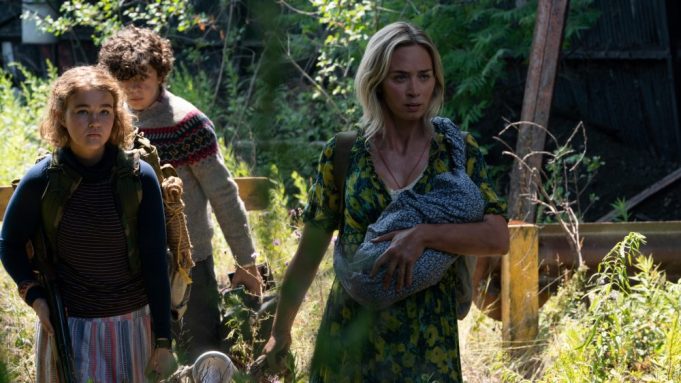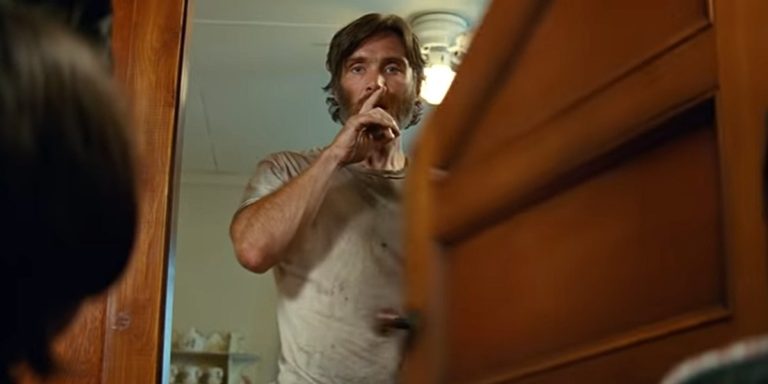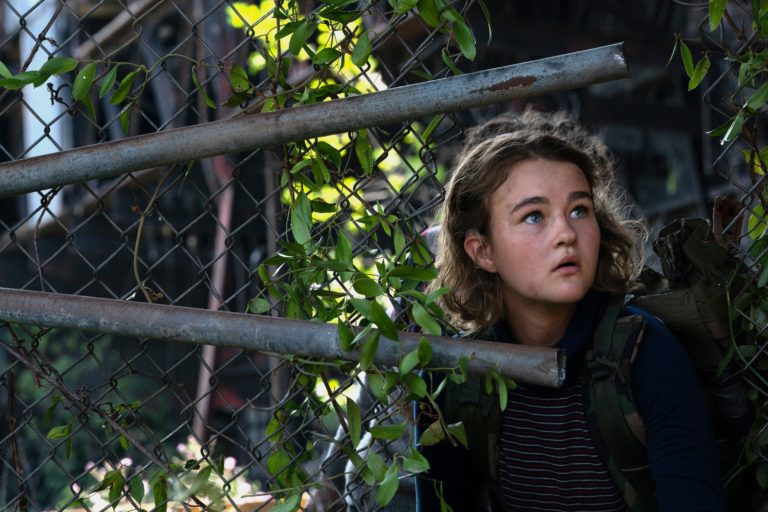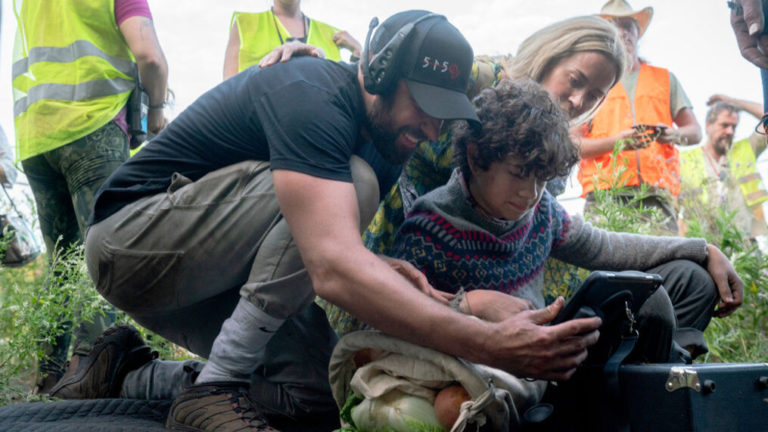Let’s talk about A Quiet Place Part II. Beware of spoilers.

Good thing there’s going to be a third one…right? That was my only thought as the lights came up in the theater at the end of A Quiet Place Part II. This film, once again written and directed by John Krasinki (same as it’s predecessor) is an evolution of the story told to us in 2018. Sequels, especially in the horror and suspense genre, can get musty– the same story being retold and throwing in some jazzier special effects once the budget has increased. A Quiet Place Part II is a sequel, but it doesn’t make that same mistake. Evolution is a true assessment: Part II takes what already existed and builds upon it. The events of Part I are the foundation for Part II, but change is demanded and change takes place. A change in protagonist, a change in perspective, a change in setting. The plot is not necessarily complex, taking the shape of a an adventure quest. But the film brings the audience deeper into Krasinki’s imagined world. What happened tho those beyond the Abbott farm? What happened the day the monsters came? How did others survive, and furthermore, how do they now exist?

The two eldest Abbott children, portrayed by Noah Jupe and Millicent Simmonds, take center stage in Part II. Following the death of John Krasinski’s character Lee in Part I, Evelyn (portrayed by Krasinski’s real life wife, Emily Blunt) and her three children must fend for themselves with a lack of safety and resources at their family farm. They choose to explore past the bounds of their property in hopes that they may find help. Enter Emmett (Cillian Murphy), an old family friend living on his own after losing his family to the monsters. Emmett serves as a foil to Lee– as the family grieves the loss of their father and husband, Emmett takes up that space, although he is nothing like Lee. The contrast between Lee and Emmett sets the stage for an interesting character arc for Emmett. He never fully reaches the level of warmth and comfort that Krasinski possesses as Lee, instead retaining a bit of ominous mystery throughout. The juxtaposition between these two men leaves the audience missing Lee and doubting Emmett– doubting his goodness, his capabilities, and his motives.

As I said earlier, the movie’s plot follows the structure of an adventure quest; Reagan (Simmonds), armed with her hearing aid’s high-pitched frequency and a speaker, takes off on her own, tracing a radio broadcast as a possible signal that help could be nearby. As she sets off on a possible goose chase for safety and community, Marcus Abbot and her infant brother are left behind with Evelyn. The film then spilts into three stories: Emmett and Reagan silently making their way through train wrecks and small cities, Evelyn securing medical supplies and oxygen for her children, and Marcus staying behind. The film’s editing plays a crucial role at this point. The film has a love affair with parallels. As the family is split apart, their obstacles often mirror each other, and nothing portrays this better than the jump cuts between each story. While Part I centered on the family unit, emphasizing the point of teamwork and being together, Part II forces them apart, acting as individuals now. However, their motives remain true: finding safety and staying alive is the key to living their lives together again, and it’s the best thing they can do to honor the sacrifice their father made in giving his life so that they could survive.

Part II loses some of the gritty jump scares and long silent stretches that made Part I perfectly done horror film, but as the story expands into this monster-ridden world, it adopts the nature of a true trilogy: there’s more at stake, there are more people involved, and they just might have the ability to live in peace or wipe out the monsters all together. In retrospect, I believe Part II will serve as a well positioned bridge between the critically acclaimed success of Part I and the (assumed) commercial success of Part III. While Krasinski hasn’t guaranteed a Part III, it seems inevitable. While not met with the same box office numbers was its predecessor, Part II is a huge reason that movie theaters are staying afloat. It marks a change that movies in theaters are truly back, and truly better than watching on your own couch. Part II was meant to be watched in a theater, and it’s certainly worth the draw.